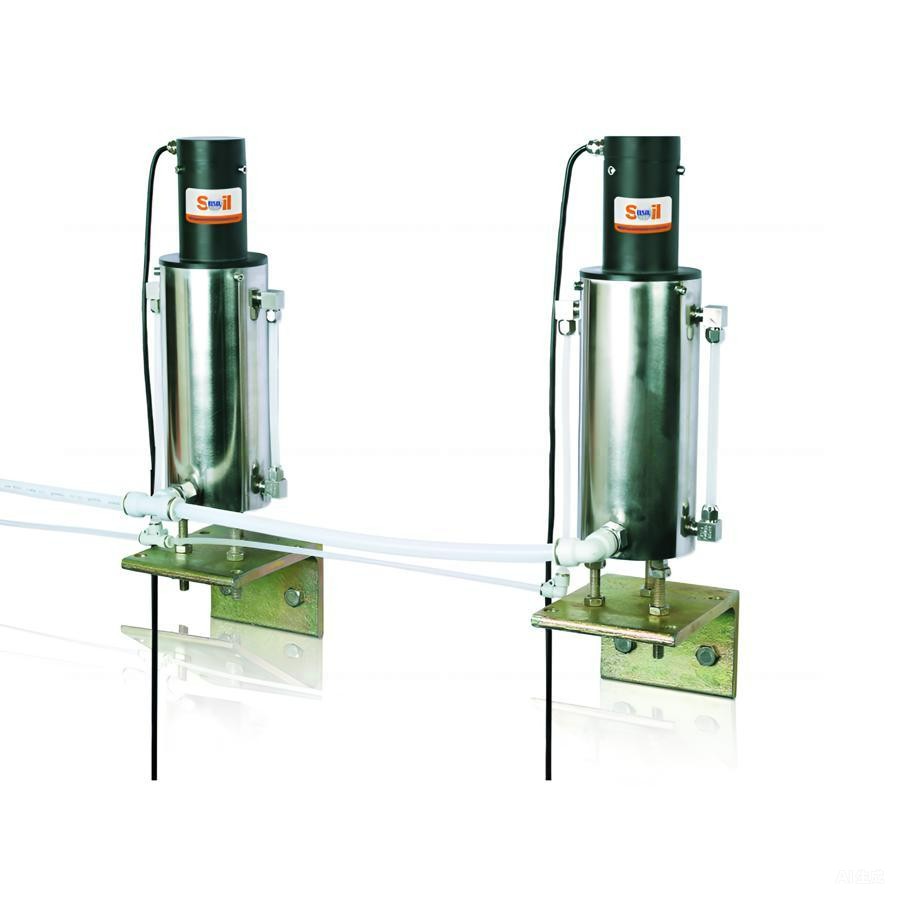Applications
The Model BSIL-W10-DM Liquid Level System consists of a series of vessels containing liquid level sensors interconnected by a liquid filled tube. A reference vessel is positioned at a stable location with observation vessels positioned at different locations at approximately the same elevation. It is suitable for settlement monitoring, including road/railway subgrades, bridges, tunnels, dams, foundation pits and building foundations.
Key Features
◆ccurate and precise measurements using Magnetostrictivesensors
◆Robust design and reliable
◆In-built temperature compensation
◆One single four-wire bus cable to connect each sensor to thedataloggers
Main Specifications
Mode: BSIL-W10-DM
Range: 100mm | 200mm | 300mm | 500mm
Resolution: 0.01% F.S.
Accuracy: ±0.1% F.S.
Temperature range: -20 to + 60°C
Dia:. 112mm (sensor)
Height: 350mm | 450mm | 550mm | 750mm
Operation
This system is particularly suitable for critical situations where need high resolution and big measuring range are required.
A series of vessels are interconnected by a liquid-filled tube.One reference vessel is located on reference point (such as
stable ground) and the other vessels are located at the points of settlement. The settlement or elevation of monitored points is reflected by measuring the change of the liquid level of the points of settlement relative to the reference point.
The sensor has high sensitivity and good stability, and is not affected by changes in ambient temperature. The system uses a fully sealed internal pressure self-balancing system that is not affected by changes in atmospheric pressure. It is suitable for use in harsh environments with antifreeze.
The vent line and liquid line are all equipped with quick joints to facilitate the user to assemble and debug on site. The supporting mounting brackets allow the user to fix on the wall or the ground.
The output of the system is RS485 (MODBUS) signal.


